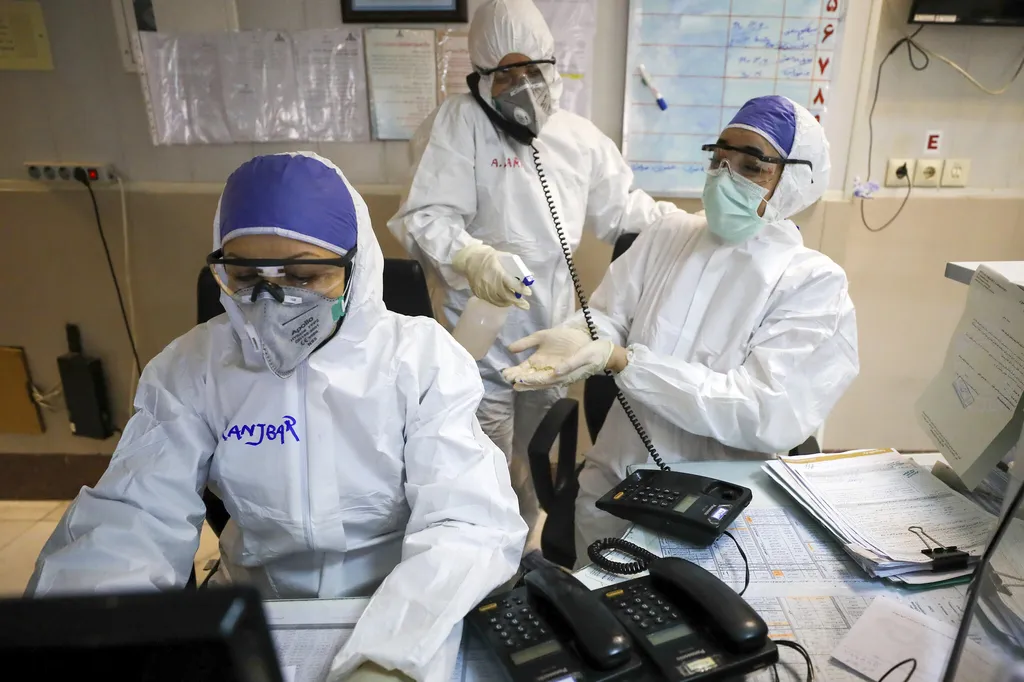In the heart of Iran, where saffron fields paint the landscape with vibrant hues, a silent menace lurks beneath the surface. Burkholderia gladioli pv. gladioli (Bgg), the culprit behind saffron bacterial corm rot (BCR), has been wreaking havoc on crops, causing up to 80% field destruction rates and substantial yield losses. But a glimmer of hope emerges from the Department of Cell and Molecular Biology at Shahid Beheshti University in Tehran, where Mohammad Ramezani Kaporchali and his team have developed a sensitive serological method for early detection of this devastating pathogen.
The team identified two isolates of Bgg using advanced imaging techniques like TEM and SEM, followed by molecular identification through 23S rRNA PCR. “Early detection is crucial for effective pathogen management,” explains Kaporchali. “Our goal was to develop a specific and sensitive method for detecting Bgg, enabling farmers to take timely action and mitigate losses.”
The researchers developed a Bgg-specific polyclonal antibody, which was conjugated to alkaline phosphatase for direct assays and used without conjugation for indirect assays employing a secondary antibody. They then evaluated the efficacy and specificity of the developed antibody using ELISA, Western blot, dot blot, and immunofluorescence imaging. The results were promising, with the antibody binding specifically to Bgg and showing very low cross-reactivities to structurally related bacteria.
One of the most significant findings was the suitability of dot blot as a rapid, cheap, and field-friendly test. “Dot blot offers a practical solution for on-site detection,” says Kaporchali. “It’s a game-changer for farmers, enabling them to quickly identify infected plants and implement targeted control measures.”
The implications of this research extend beyond the saffron fields of Iran. Saffron, often referred to as “red gold,” is a high-value crop with a global market value of over $500 million. The development of a sensitive serological method for detecting Bgg could significantly impact the saffron industry, ensuring food security and economic stability for farmers.
Moreover, the principles and techniques employed in this study could be adapted for detecting other plant pathogens, paving the way for more sustainable and productive agriculture. As Kaporchali notes, “Our work represents an important step forward in diagnosing and preventing the spread of plant diseases. It’s a testament to the power of scientific innovation in addressing real-world challenges.”
The research was published in the Journal of Agriculture and Food Research, known in English as the Journal of Agricultural and Food Research, underscoring its relevance and potential impact on the scientific community and the agricultural industry. As we look to the future, the work of Kaporchali and his team offers a beacon of hope for farmers and a blueprint for combating plant diseases in an ever-changing world.

